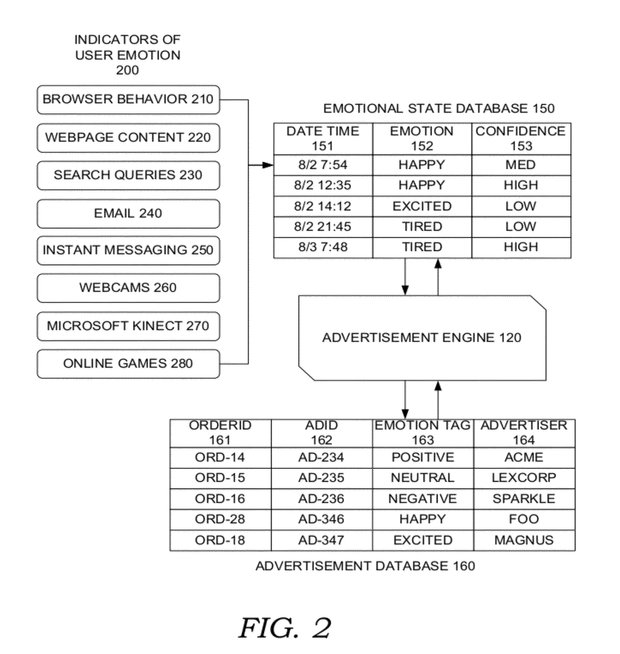The wonderful(?), terrible(?) future of video game advertising
Your privacy will never, ever be the same
Sponsored DLC
Shortly after the launch of SimCity, EA released its first piece of DLC for the game: the Nissan Leaf Charging Station. The DLC was free! And strategically useful (it used no electricity, produced no waste, and made Sims happy)! It was also a big old advertisement. In a 2011 interview with Gamasutra, the head of EA's Global Marketing Solutions Group, Dave Madden (no relation), indicates this is an approach EA will take more often in the future.
"This is the right place where brands can get involved and still have the user be in an opt-in situation," he said. "Where they can choose to get additional content courtesy of brands. I would like to posit [free DLC] as a legitimate opportunity for game publishers and advertisers to really have a great experience for users. Without a doubt the best way is to put the user in control to decide whether or not they want to engage with the advertiser. And if they don't, then the gameplay experience is exactly what it would have been without the advertiser. But the ability to earn virtual goods is up to the consumer. There is a big difference between that and forcing a situation on a user, which can have the wrong impact."

The concept of sponsored DLC is especially important given one of the biggest trends in gaming over the last few years: free-to-play. Games like League of Legends and Team Fortress 2 turn huge profits on downloadable items in free-to-play games. Valve's revenue on TF2 increased twelvefold when the game went free-to-play. One estimate puts League of Legends' daily profits at $5 to $10 million. Free-to-play is a huge business model that currently thrives on mobile and PC. Do Sony and Microsoft want a piece of that? You bet.
Sony has gone on record saying the PS4 will support free-to-play and episodic games. As more developers experiment with these business models on next-gen consoles,our in-game avatars could start looking like walking NASCAR stock cars. Why stop at Team Fortress 2 hats when there's money to be made on sponsored gear, like Olive Garden pasta armor (+10 defense!) or Ferrari boots (+15 speed!). Maybe one day we'll even get another game based around Skittles.
Your Kinect Is Watching You
Now for something completely different. While plenty of next-gen advertising will look a lot like the advertising we have now, Kinect-driven ads could push us closer to sci-fi territory. Remember when Tom Cruise walked through a mall in Minority Report, and ocular recognition brought up tons of creepy holographic ads tailored to his personal profile and shopping history? Next-gen ads could be like that. Minus the holograms. Holograms would be pretty cool, though.
Back in 2010, Microsoft filed a patent called "Targeting advertisements based on emotion." The gist of the idea is that Kinect can observe its users and determine information like an emotional state, then target them appropriately. The patent lists some creepy examples:
"No paintball gun advertiser wants its advertisements to appear next to news about vicious gun fights or wars. Because, generally, people's emotion toward guns and weapons tend to be negative after reading or hearing the news. Weight-loss product advertisers may not want their advertisement to appear to users that are very happy. Because, a person that is really happy, is less likely to purchase a self-investment product that leverages on his or her shortcomings. But a really happy person may purchase electronic products or vacation packages. No club or party advertisers want to appear when the user is sad or crying. When the user is emotionally sad, advertisements about club parties would not be appropriate and may seem annoying or negative to the user."
Sign up to the GamesRadar+ Newsletter
Weekly digests, tales from the communities you love, and more

After the patent was publicized, Microsoft went on record to say that they don't use any information gathered from Kinect for advertising purposes. And giant tech companies like Microsoft, Sony, and Apple file patents all the time that never become real products. Still, this one isn't actually that outlandish. The successor to the Xbox 360 is expected to launch with a next-gen Kinect included. It's not far-fetched to think the next Kinect will have a higher resolution camera better suited to identifying, say, facial expressions. That way, your Xbox can wait until you're sad, and then try to get you to buy some Pizza Hut.
The PlayStation Eye Sony's bundling with the PS4 offers similar capabilities. One way or another, these devices will affect how game advertising works next-gen--even if they can't sense emotions, Kinect and the PlayStation Eye can potentially alert advertisers to how many people are in a room or even deduce things about them based on their clothes or surroundings.


